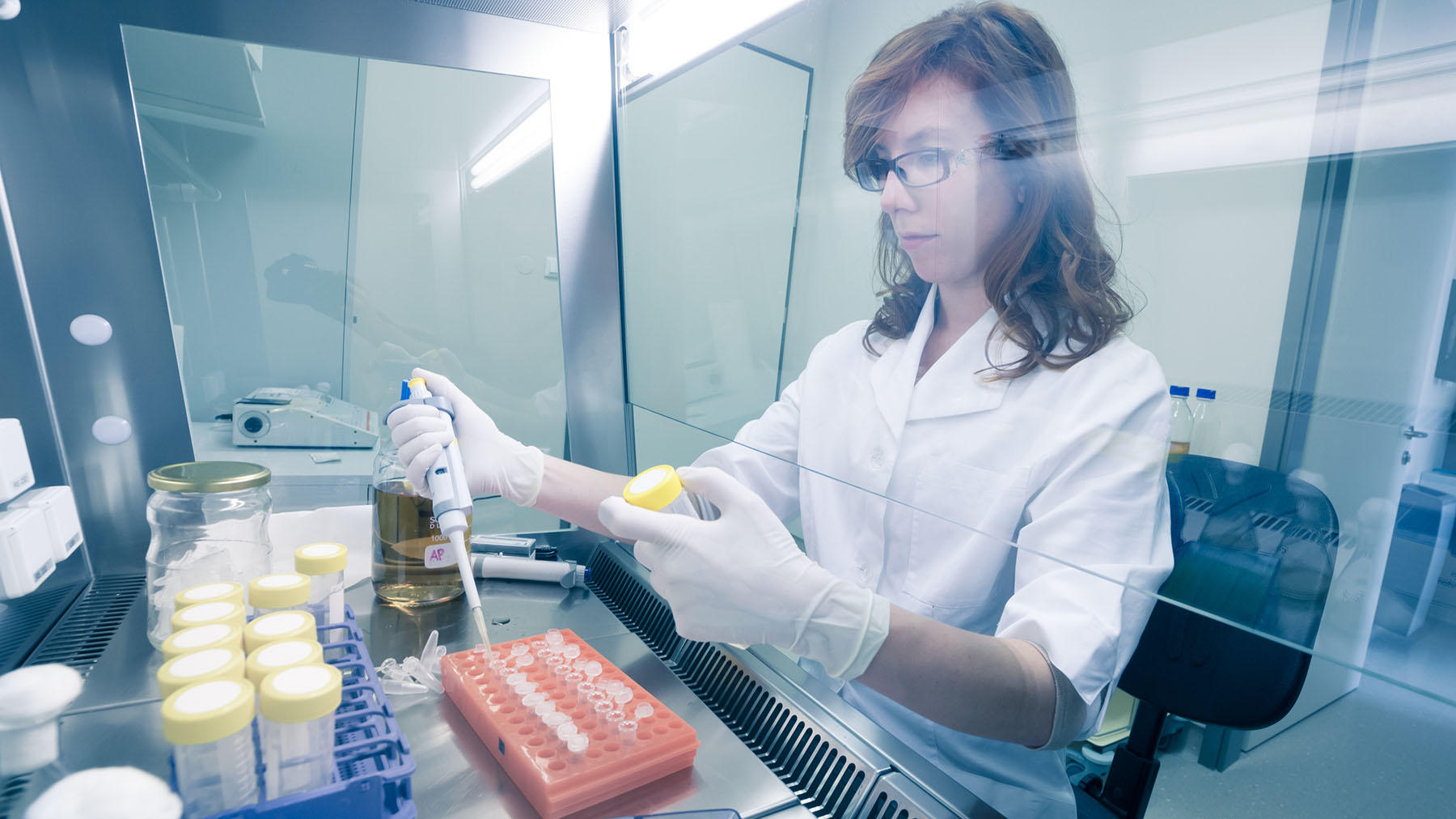- University of Washington, Tacoma Paper & Stationery Building
- University of Washington, Seattle School of Medicine 3.2
- Oregon Health & Science University - Vollum Institute
- San Diego State University Engineering & Interdisciplinary Sciences Building
- Allen Institute for Brain Science
- Chapman University Keck Center for Science and Engineering
- National Oceanic and Atmospheric Administration
- UCSF IRM Laboratory
- Confidential Life Sciences Company
- AltaSea at the Port of Los Angeles
- University of Washington Bothell - Discovery Hall
- University of Washington, Denny Hall
Confidential Life Sciences Company
Hillsboro, Oregon, United States
Glumac engaged in the master planning efforts for a confidential life sciences company, in which one of the prime directives was to improve the sustainable building design of the facility by minimizing its energy and water waste.
As a part of our efforts, we reviewed its existing energy and water consumption and proposed concepts that improved efficiency in these areas, by meeting the client’s need for highly reliable power source. Glumac’s MEP engineering experts recommended the use of fuel cells to produce 100% of the facility’s electricity, utilizing natural gas – a highly reliable fuel source. The fuel cells provided more reliable and efficient power production than transferring energy from an offsite power plant. This not only allowed the site to be taken off the electrical utility grid, but also reduced overall electrical energy losses by eliminating huge amounts of wasted energy that is typical of large electric power plants. In addition to the fuel cells, a large photovoltaic array was recommended in use with a combination fuel cell/battery plant. Electric vehicle charging stations were also included in the master planning.
The client also generated large quantities of Reverse Osmosis (RO) water for use in its life sciences process. This water was also used for production of Water for Injection (WFI). These processes generated large amounts of waste water. Noting this, Glumac recommended as part of the master planning process that this water be coordinated to be reclaimed and reused as part of the facility’s standard utility consumption, including cooling tower water feed and water for flushing plumbing fixtures, resulting in a reduction in the sanitary discharge of approximately 7.5 million gallons per year.
Size: 75-acre campus
Cost: Confidential
Completion: 2015
Architect: GBD

